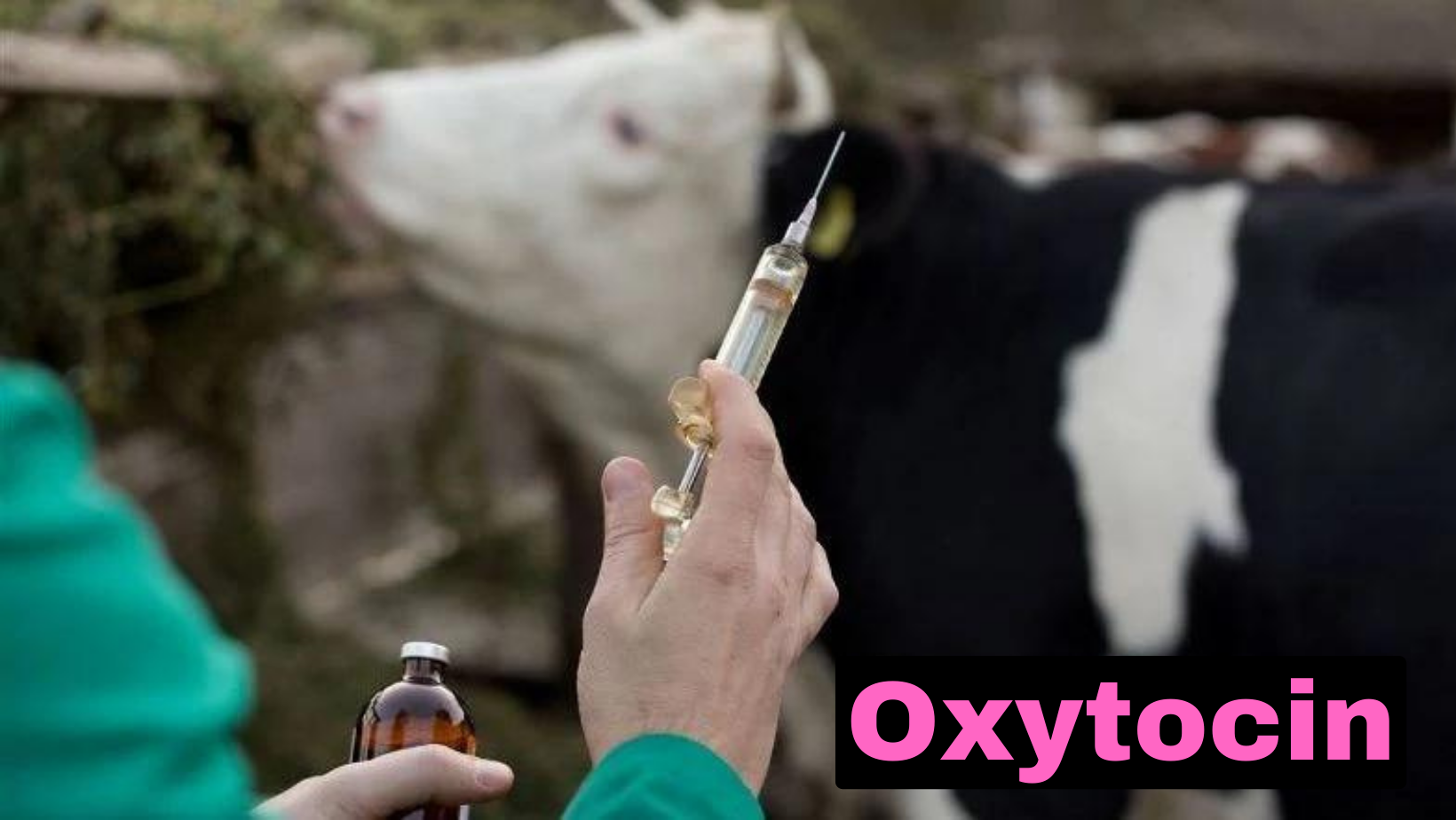Oxytocin

- 04 May 2024
Why is it in the News?
Recently, the Delhi High Court called for action against the 'rampant use of Oxytocin' in dairy colonies.
What is Oxytocin?
- Oxytocin also known as the ‘love hormone’ is secreted by the pituitary glands of mammals during sex, childbirth, lactation, or social bonding.
- It is normally produced in the hypothalamus and released by the posterior pituitary.
- It can be chemically manufactured and sold by pharma companies for use during childbirth.
- It is administered either as an injection or a nasal solution.
Side effects of oxytocin:
- A few side effects of oxytocin in humans would include:
- Allergic reactions on the skin like rashes Itching, hives Swelling, lips, tongue, or throat
- Changes in the heart rhythm causing fast or irregular heartbeat, dizziness, feeling faint or lightheaded
- Pain in the chest
- Breathlessness and trouble breathing
- Nausea Vomiting
- Severe headache
- Blurred vision
- Pounding in the neck or ears
- Jaundice Seizure
- According to doctors, prolonged use of oxytocin injections also causes fertility disorders like poor oestrus signs, reduced lactation period, lower conception rate, and high embryonic mortalities.
- Oxytocin injection given to cattle to boost the delivery of milk production is one of the reasons for the early onset of puberty among girls, the development of breasts in males, and the lack of testosterone production due to hormonal imbalance.
Affects fertility in both men and women:
- Milk adulterated with oxytocin is to be avoided by pregnant women as it can cause abortion and babies may be born with deformities.
- It also increases the risk of haemorrhage in mothers after birth and can also inhibit breastfeeding.
- However, boiling milk can help eliminate traces of oxytocin.
What are Hormones?
- Hormones are special chemicals produced by glands in the endocrine system that act as messengers in the body, regulating various physiological processes like growth, metabolism, reproduction, and mood.
- They travel through the bloodstream to target organs and tissues, where they exert their effects by binding to specific receptors and influencing cellular activity.
